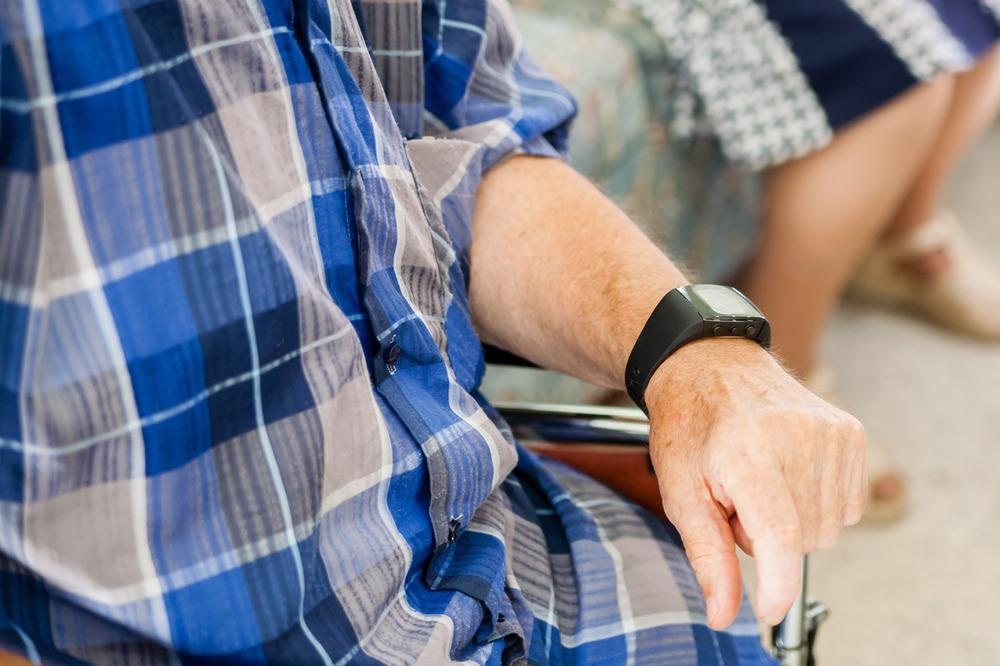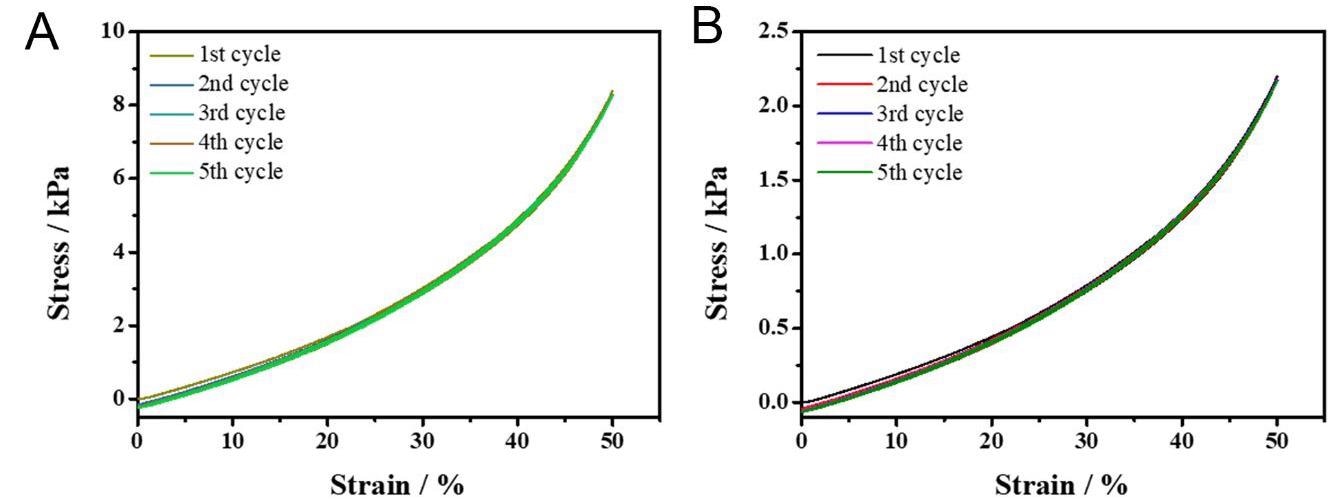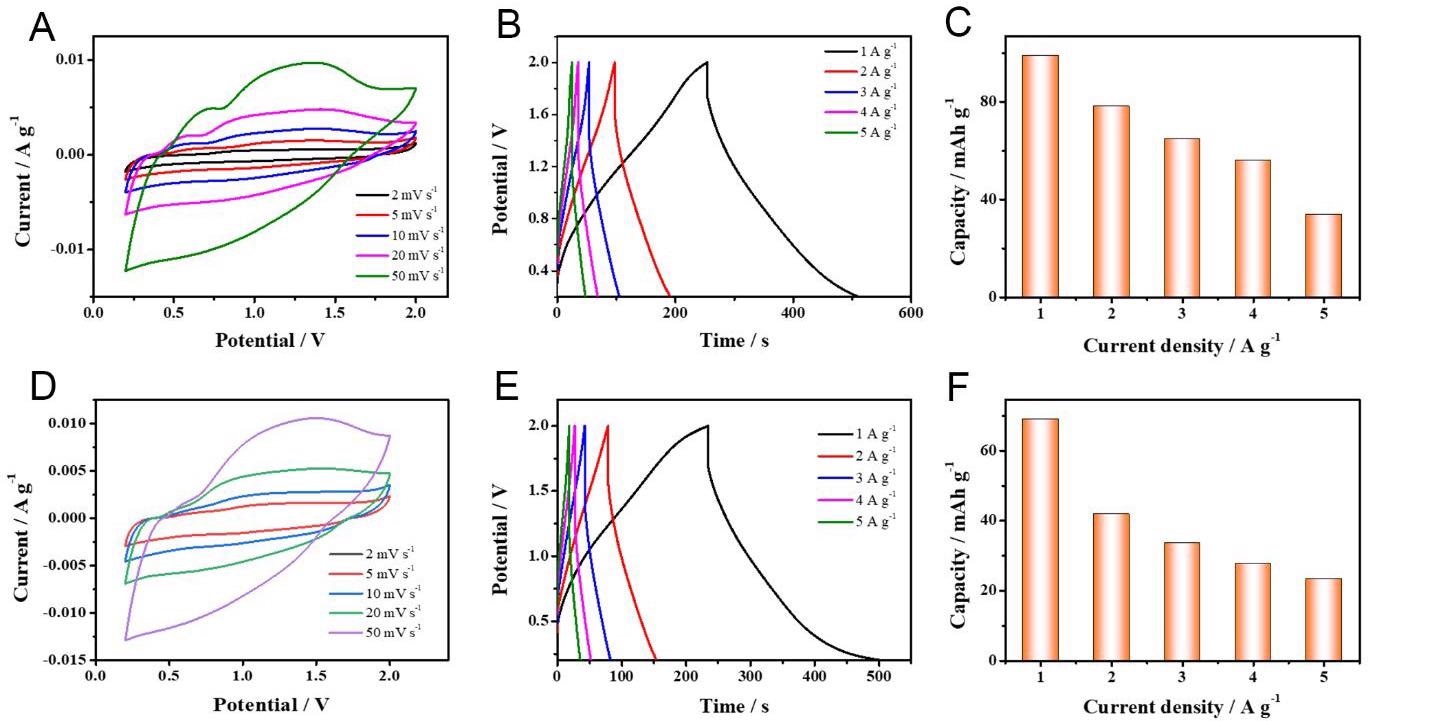Scientists from East China Normal University and the Shanghai Institute of Applied Physics have collaborated on a new paper exploring the development of supercapacitor devices for flexible and wearable applications. Their research has appeared in the journal ACS Applied Energy Materials.

Study: Flexible High-Energy-Density Hybrid Supercapacitors with Alkaline Hydrogel Electrolytes. Image Credit: mind_photo/Shutterstock.com
Background to the Study
Research into flexible and wearable devices for applications such as medical monitoring, motion detection, and soft robotics has increased in recent years. These devices have found research applications in a multitude of fields such as biomedical science, mining, and robotics. Central to these devices is a dependable, safe, and efficient power storage and supply.
Designing materials and device components that can withstand significant deformation whilst retaining their performance is central to this field of electronics. Traditional electrolyte systems cannot meet these demands, being inflexible and susceptible to damage and unable to retain their electrochemical performance under mechanical stress.
Research into alternative, flexible electrolytes has become a key focus in the fields of materials science and microelectronics. Many types of flexible electrolytes have been evaluated for their performance and reliability, including gel electrolytes, polymer electrolytes, and composite electrolytes.

Cycling compressing curves of PEGMA with 3.95 wt% KOH (A) and 1.32 wt% KOH (B) at a compressive strain of 50%. Image Credit: Ni, M et al., ACS Applied Energy Materials
Ionic conductive hydrogels have displayed great promise in the field of flexible electrolytes due to their exceptional mechanical performance and electrical conductivity. Based on their outstanding performance and durability, ionic conductive hydrogel supercapacitors have been designed in recent years to meet the demands of flexible and wearable devices.
Current flexible hydrogel supercapacitors, however, are limited by their low power densities and narrow working window. Furthermore, at high current densities, they suffer from unstable cycle lives, which further hinders their application as flexible energy storage devices.
Some efforts have been made recently to overcome the issues with these electrolytes, including creating zwitterionic hydrogels for use as supercapacitors. Whilst research has demonstrated enhanced electrochemical performance, these hydrogels still suffer from low power densities.
In the past few years, Zn-ion hybrid supercapacitors have emerged as promising candidates. These hydrogel supercapacitors have the benefit of low cost, zinc resource abundance, and non-flammability. Additionally, alkaline aqueous electrolytes have shown promise in recent research due to their ability to improve supercapacitor stability and current density.
Utilizing alkaline aqueous electrolytes in hybrid ionic conductive hydrogel supercapacitors provides opportunities for designing devices with higher energy density and power density. Until now, this area of research has not been explored in depth.

(A) CV curves at different scan rates and (B) GCD curves at various current densities of supercapacitor of PEGMA using 1.32 wt% KOH in a voltage window of 2.0 V. (C) Capacities of supercapacitor with PEGMA-1.32 wt% KOH at various current densities (1-5 A g-1). (D) CV curves at different scan rates and (E) GCD curves at various current densities of supercapacitor of PEGMA using 3.95 wt% KOH in a voltage window of 2.0 V. (F) Capacities of supercapacitor with PEGMA-3.95 wt% KOH at various current densities (1-5 A g-1). Image Credit: Ni, M et al., ACS Applied Energy Materials
The Study
The paper has proposed an innovative approach to designing hydrogel-based flexible supercapacitors. In the research, a novel alkaline ionic conductive hydrogel was prepared and evaluated, with its electrochemical and mechanical properties analyzed in detail.
Acrylamide, MEA, and PEGA were used as polymer chains in the hydrogel, and the prepared material possessed either neutral or alkaline pH. The supercapacitor was constructed from the hydrogel electrolyte, a zinc anode, and an activated carbon cathode. To investigate the supercapacitor’s effectiveness as a real-world device, the authors used it to power an electronic watch.
A universal tensile testing machine was used to evaluate the hydrogel’s compressing properties under a compressive speed of 1 mm min-1. Polymer-water interactions were verified using L-NMR. FTIR, XRD, and SEM tests were used to analyze the prepared hydrogels. Cyclic voltammetry and GCD tests were performed for electrochemical measurements.

Reciprocal of spin-relaxation time of KOH aqueous solution and alkaline gel polymer electrolyte. Image Credit: Ni, M et al., ACS Applied Energy Materials
Results
The prepared hydrogel displayed excellent conductivity and good mechanical flexibility, making it an attractive candidate for high-performance flexible and wearable devices. When used as an energy source for the watch, the supercapacitor provided three weeks’ worth of power, demonstrating its reliability as a wearable energy storage device. The hydrogel displayed excellent elasticity.
The prepared supercapacitor could deliver a high specific capacitance in a wide working voltage as well as possessing high energy and power densities. Moreover, it possesses remarkable electrochemical stability. At different bending angles up to 180o, the proposed supercapacitor maintained over 95.43% capacity.
After 10,000 cycles, the device maintained near 100% Coulombic efficiency and capacity retention. Furthermore, the results of the practical test demonstrated stable electrochemical performance and excellent flexibility, further demonstrating the suitability of the ionic hydrogel-based supercapacitor presented in the paper.
In Summary
The prepared hydrogel and supercapacitor displayed excellent electrochemical stability and resistance to mechanical deformation. Capacity retention after multiple cycles was observed by the authors, and the proposed supercapacitor was successfully applied in an electronic watch to demonstrate its practical applications.
Based on their analysis and observations, the authors have proposed that this flexible alkaline ionic electrolyte-based hydrogel supercapacitor can be considered to be a suitable candidate for energy storage and power supply in multiple next-generation flexible and wearable electronic devices.
Further Reading
Ni, M et al. (2022) Flexible High-Energy-Density Hybrid Supercapacitors with Alkaline Hydrogel Electrolytes ACS Applied Energy Materials [online] pubs.acs.org. Available at: https://pubs.acs.org/doi/10.1021/acsaem.2c00334
Disclaimer: The views expressed here are those of the author expressed in their private capacity and do not necessarily represent the views of AZoM.com Limited T/A AZoNetwork the owner and operator of this website. This disclaimer forms part of the Terms and conditions of use of this website.